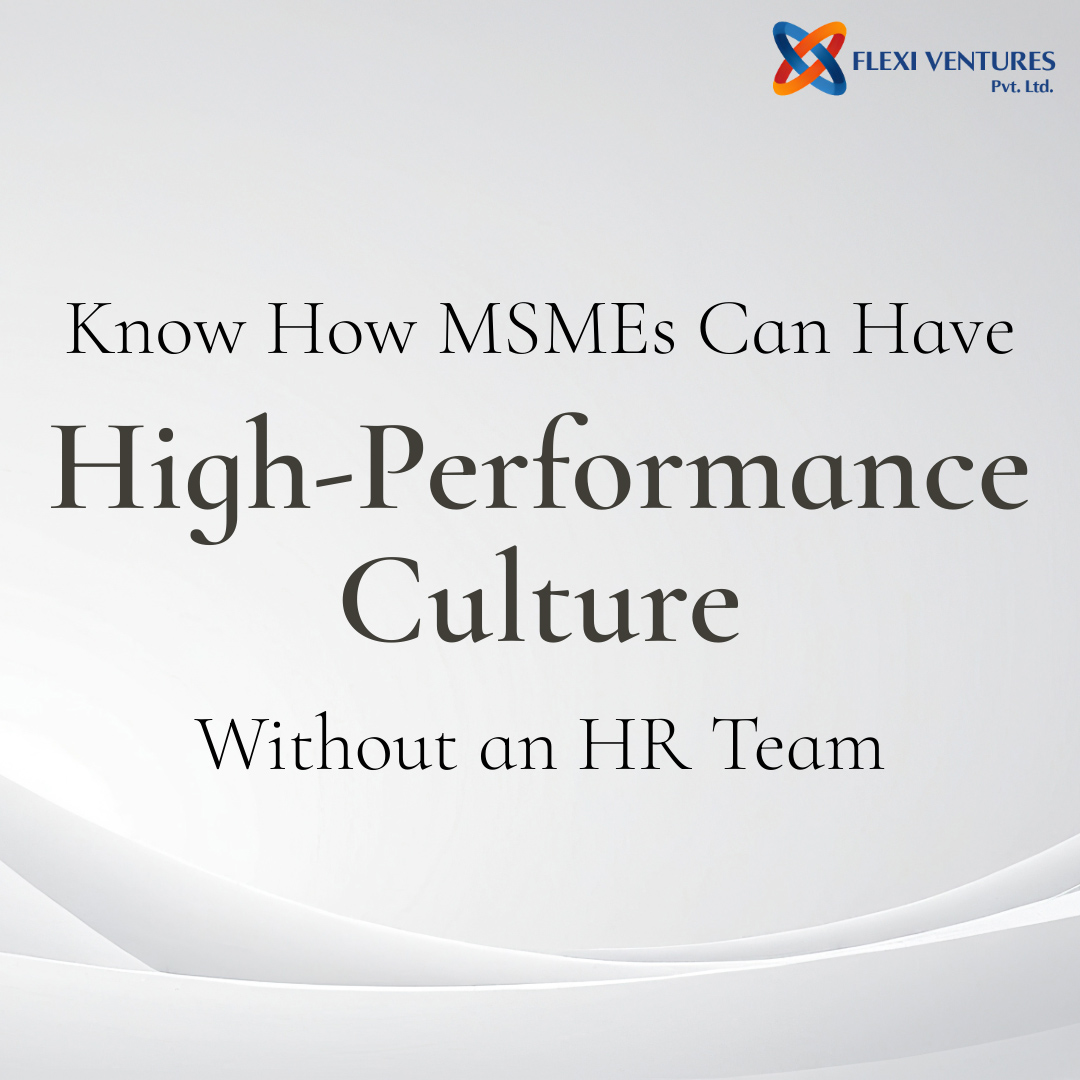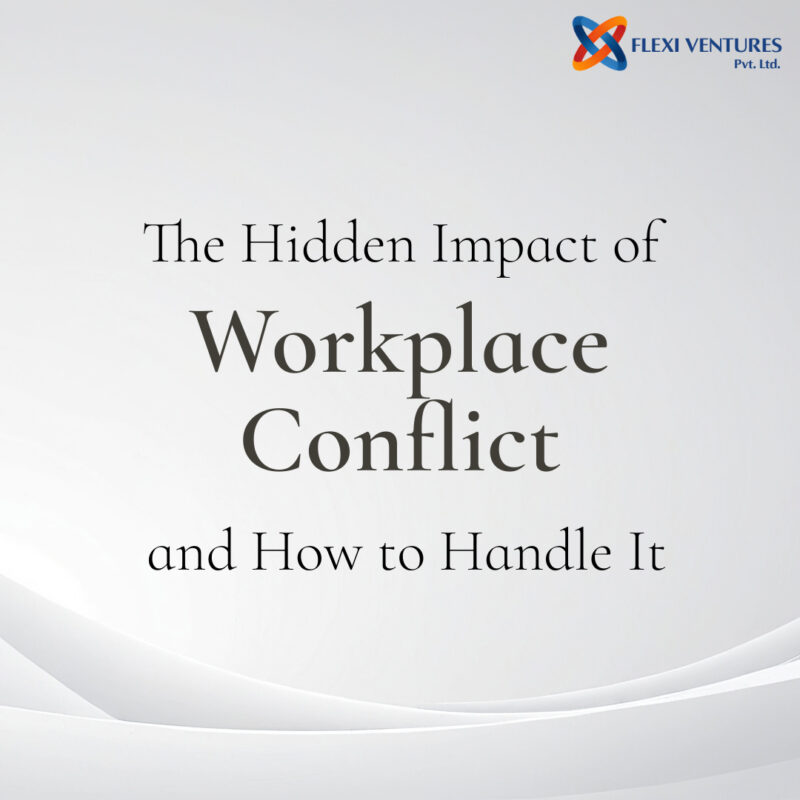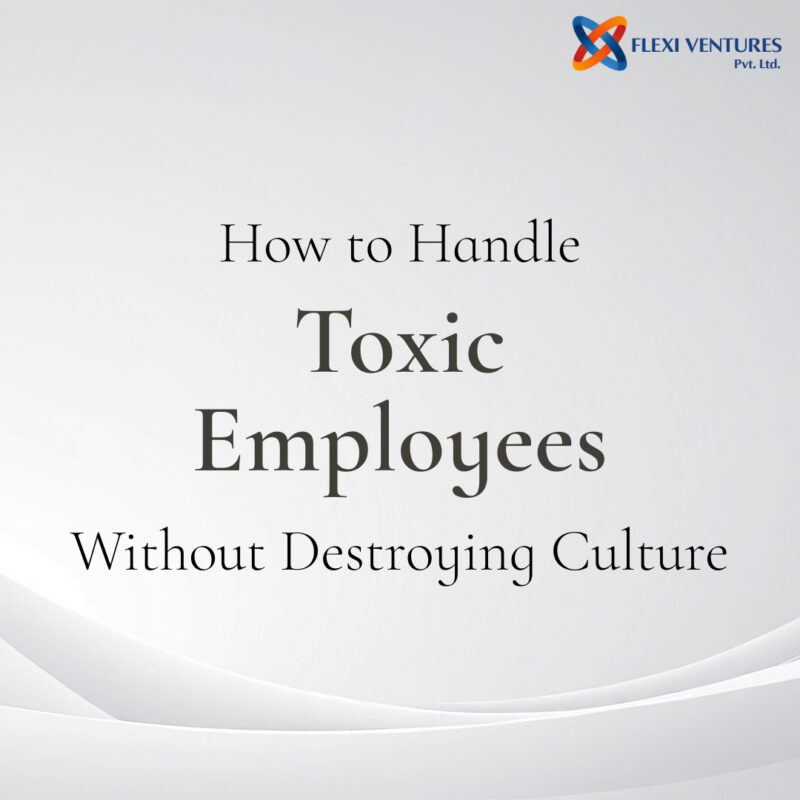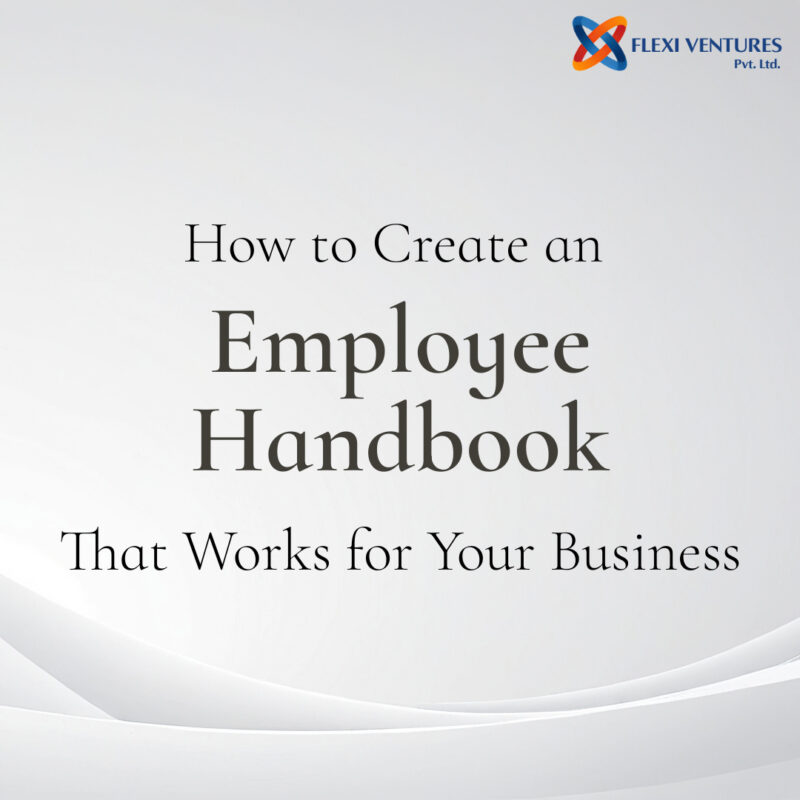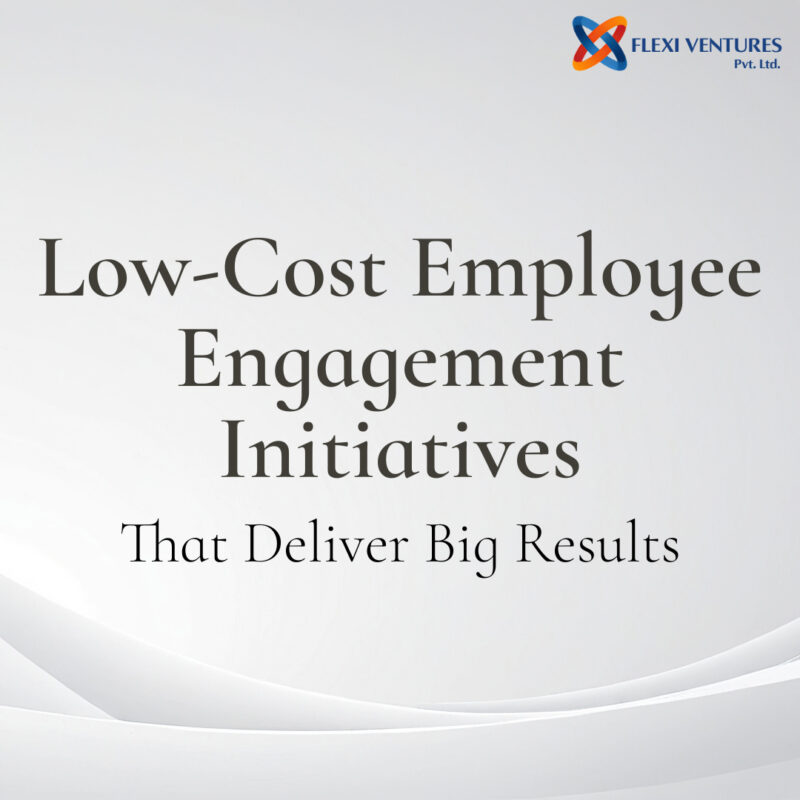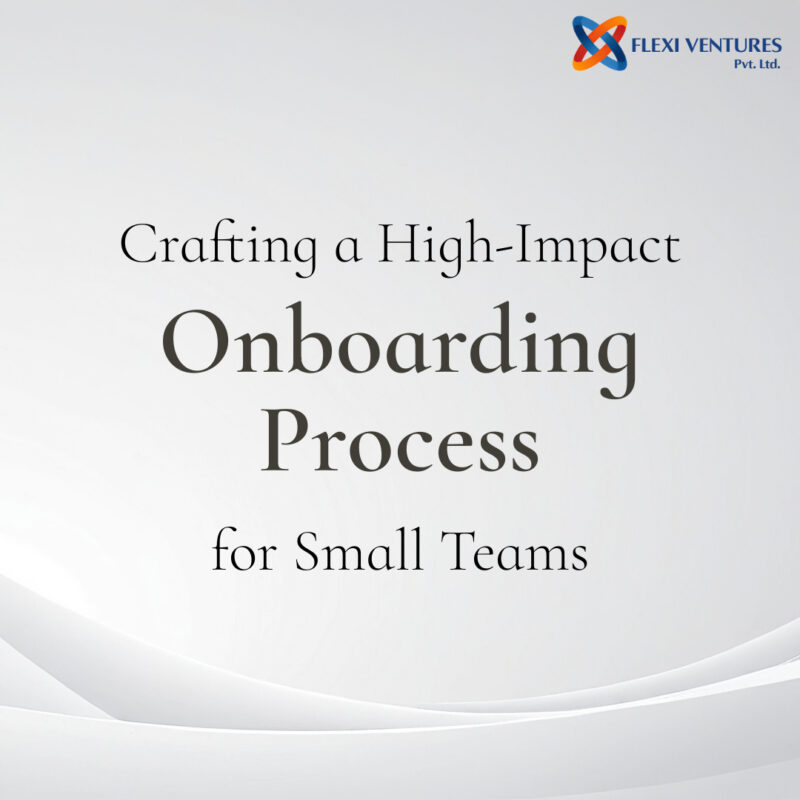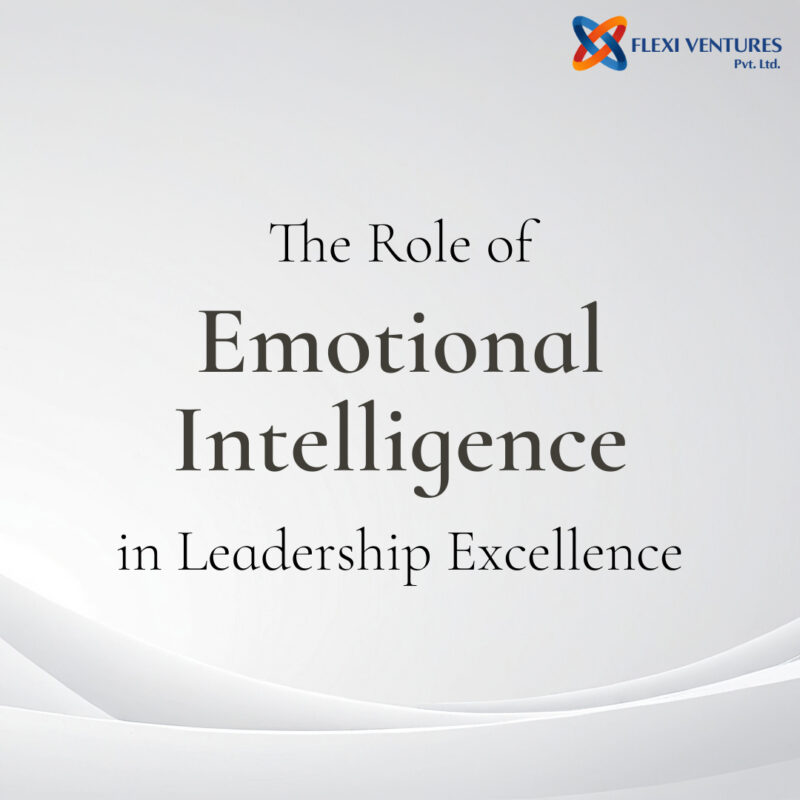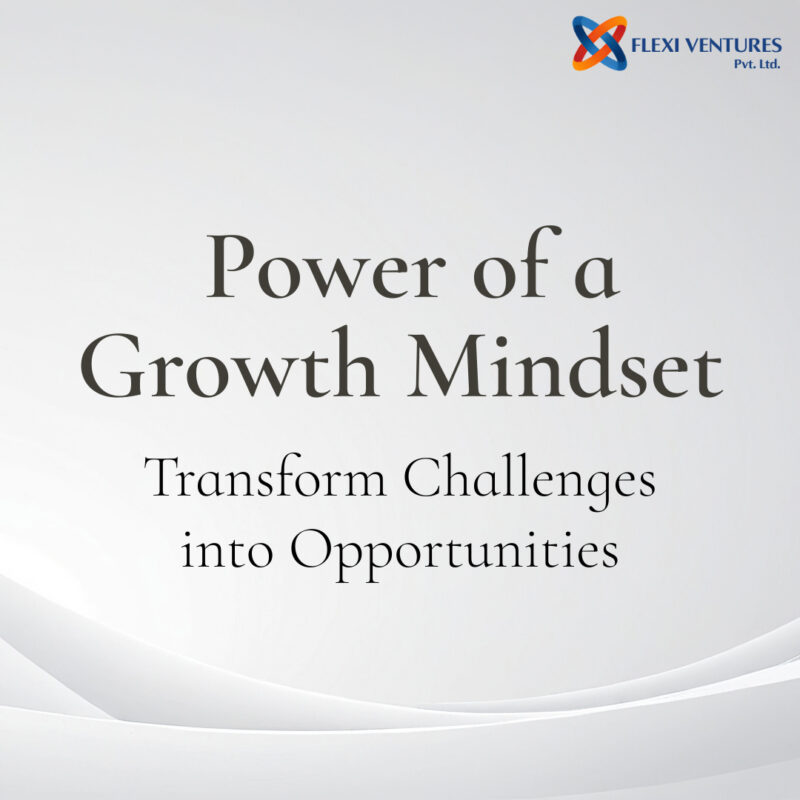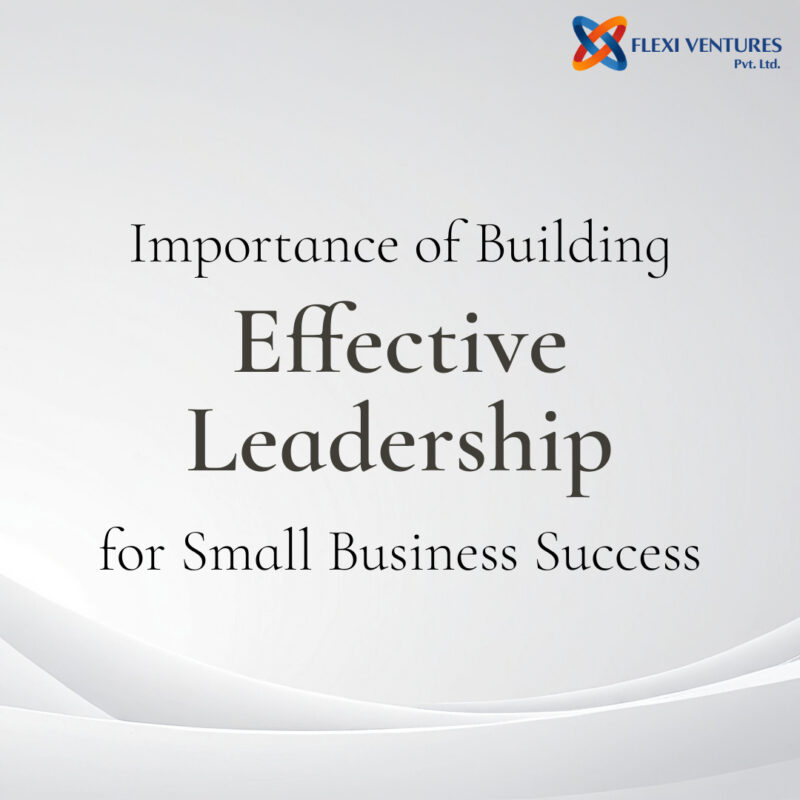What sets the most productive, innovative, and engaged workplaces apart? The key often lies in company culture—particularly, a high-performance work culture.
Though culture may seem abstract, it is built on a solid foundation of HR policies, leadership support, and employee programs that create an environment where both performance and well-being are prioritized.
Creating a high-performance culture means establishing the right processes, behaviors, and values that consistently empower employees to perform at their best. Here’s how to get started.
What Is A High-Performance Culture?
A high-performance workplace is designed to maximize employee effectiveness in achieving business goals and delivering organizational value. Research from Gartner defines it as the result of continuously investing in people, processes, the physical environment, and technology to enhance employees’ ability to learn, collaborate, innovate, and lead—ultimately driving both efficiency and financial success.
In simple terms, a high-performance workplace operates smoothly, fostering a strong sense of purpose and alignment with company values. Employees are engaged, motivated, and committed to exceeding expectations.
It’s no surprise that organizations with high-performance cultures are often recognized as great places to work.
“[A high-performance culture] goes beyond just having strong leadership or self-driven employees,” explains Phillip Lew, CEO of C9 Staff. “It’s a combination of factors, including executive leadership, management style, strategic direction, task delegation, and systems for accountability, collaboration, and support.”
Key Characteristics of a High-Performance Culture
- Inspiring Leadership – Effective leaders motivate employees by setting clear goals, modeling values, and fostering trust, authenticity, and mutual respect. Leadership isn’t just top-down; it’s about empowering teams to perform at their best.
- Employee Empowerment & Engagement – High-performance cultures nurture autonomy, continuous growth, and purpose. Engaged employees are more committed, resilient, and motivated to go the extra mile.
- Growth Mindset and Learning Culture: Organizations that prioritize learning and knowledge sharing drive innovation, creativity, and long-term success. Employees are encouraged to develop new skills and think beyond traditional boundaries.
- Trust and Psychological Safety – Establishing a strong sense of trust enables employees to take risks, express their ideas, and collaborate freely. When individuals feel secure in sharing thoughts without the worry of judgment, their engagement and productivity levels increase.
4 Benefits of a High-Performance Culture
- Higher Performance & Profitability – Strong cultures drive employee productivity, which directly improves financial and organizational performance.
- Greater Innovation & Creativity: Psychological safety fosters open idea-sharing, which leads to better problem-solving and more effective resource use.
- Stronger Talent Retention – Employees in high-trust, values-aligned workplaces are more engaged and less likely to leave.
- Enhanced Customer Satisfaction – Engaged employees deliver better service, leading to happier, more loyal customers and long-term business success.
How to Build a High-Performance Culture
- Prioritize Clear Communication – Encourage open, two-way communication between employees and managers through regular one-on-ones, feedback sessions, and goal-setting conversations.
- Define and Embody Core Values – Strong company values drive engagement and alignment. Reinforce them through onboarding, recognition programs, and daily interactions.
- Invest in Performance Management – Foster continuous improvement with structured performance reviews, real-time feedback, and goal tracking to keep employees engaged and growing.
- Support Career Development – Build trust by prioritizing employee growth through goal-setting, skill development, and personalized career conversations.
Conclusion
Building a high-performance culture is not about quick fixes—it’s about fostering an environment where employees feel empowered, valued, and aligned with the company’s mission. By prioritizing strong leadership, trust, continuous learning, and clear communication, organizations can create workplaces where innovation thrives, performance soars, and both employees and customers benefit. Investing in culture isn’t just good for people—it’s a key driver of long-term business success.
For more information on HR consulting or support services visit our website.
Visit our Website – www.flexiventures.in
Call – 8080100001

